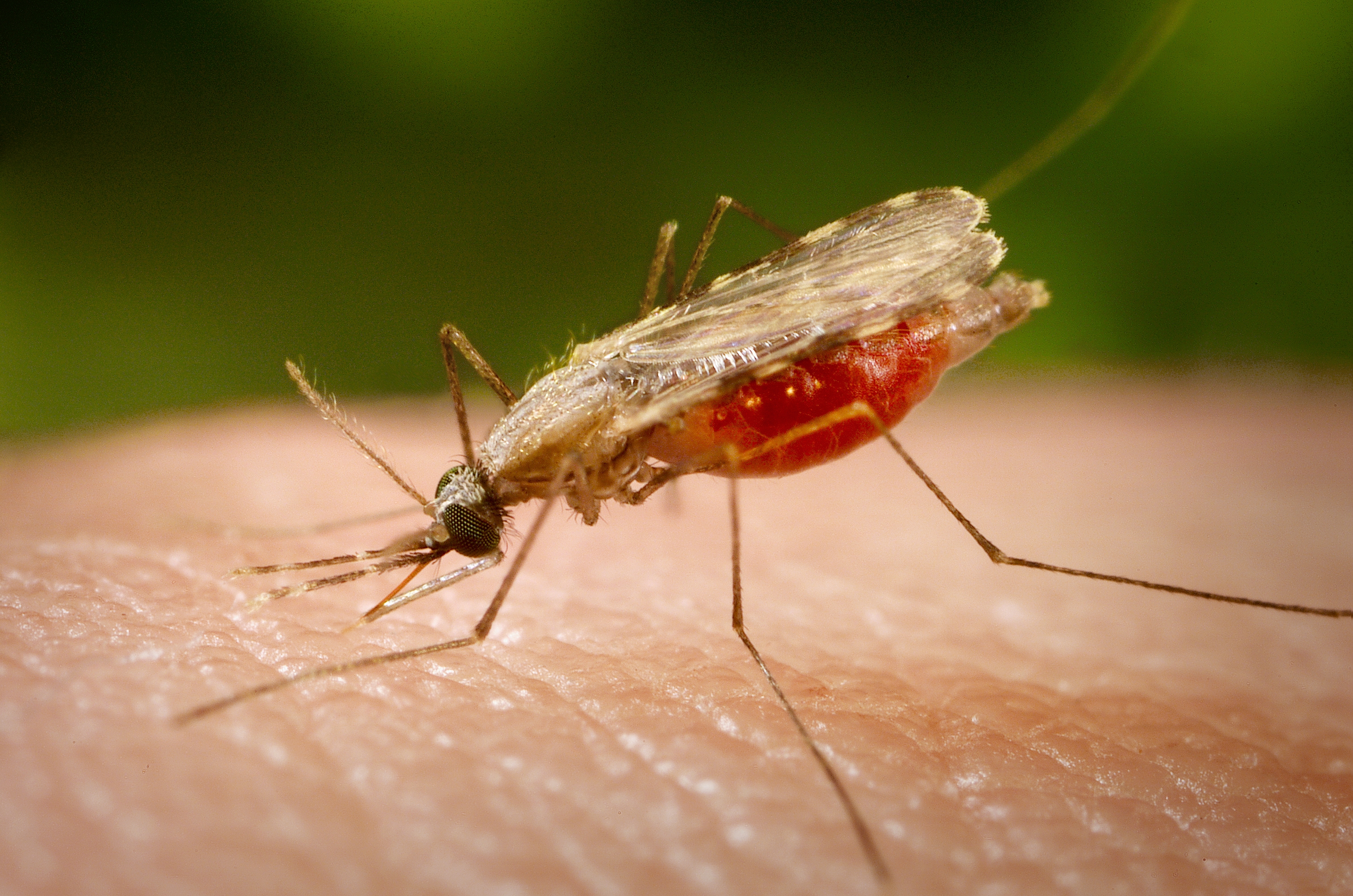Description
Material provided: Whole mosquitoes, dissected tissues, or extracts
Unit definition: 50 infected females (25 if dissected) supplied as 100 fully-engorged females with infection prevalence at least 50%
Vector information
Family: Culicidae
Genus: Anopheles
Species: Anopheles stephensi
Strain Name: Sind-Kasur Nijmegen*
Place of origin: Pakistan
Date of colonisation: 1982
*The Kasur strain of A. stephensi was field-collected in 1981 from a cattle shed, in the Punjab province of Pakistan. The susceptible line Sda-500 (Sind) was genetically selected for increased susceptibility (for P. falciparum) from the Sind strain, a mixture of stocks from the Sind Province of Pakistan. These two strains were crossed in 1985.
Parasite information
Phylum: Apicomplexa
Genus: Plasmodium
Species: Plasmodium falciparum
Strain: NF54-ΔPf47-5’hsp70-GFP-Luc (Short: NF54-HGL) expressing a GFP-Luciferase fusion protein under the control of the Pfhsp70 promoter, genomic integration, no selection marker
Infectivity: Infectivity tested and quantified
Mycoplasmic content: Mycoplasma free
Production conditions
A P. falciparum NF54-CGL stage V gametocytes culture with 5×105 exflagellation events / ml is used for feeding of female Anopheles stephensi mosquitoes. On day 8 after infection, infection rate will be determined via luciferase assay.
Product options
Please specify in your request:
Time post-infection: Please specify one time point post-infection to harvest the samples. The most common options are ookinete infection (18-24 h post-infection), oocyst infection (2-13 d post-infection) and sporozoite infection (14-15 d post-infection), but other times are possible by request, contact us.
Whole or dissected: Instead of 50 whole mosquitoes, material can be supplied from dissected material harvested at the appropriate time point: 25 dissected midguts or 25 dissected salivary glands or 25 dissected ovaries, with the corresponding carcasses.
Form of material:
- Whole mosquitoes or dissected tissues, fixed in 70% ethanol, formalin, or other fixative: useful for DNA extraction from 70% ethanol, immunohistochemistry, not useful for RNA experiments or proteomics. Shipped as non-infectious material.
- Whole mosquitoes or dissected tissues, homogenised in a lysis buffer such as Trizol: useful for RNA, DNA and protein experiments. Shipped as non-infectious material.
- Whole mosquitoes or dissected tissues, frozen at -80°C or stored in RNALater: useful for RNA, DNA and protein experiments. Shipped as non-infectious material.
- Other formats or preparations may be possible by request, contact us.
Production conditions: Material is generated using default gametocyte dose and incubation temperature used by the supplying facility. Other conditions may be possible upon request.
Sample size and replicates: For larger sample sizes, request more units. Please specify if independent infections are needed as biological replicates (e.g., for RNAseq transcriptional profiling experiments).
Publications
- Feldmann AM, Ponnudurai T 1989, Selection of Anopheles stephensi for refractoriness and susceptibility to Plasmodium falciparum. Med Vet Entomol. 3 (1): 41-52
- Ponnudurai, T., Leeuwenberg, A. D. and Meuwissen, J. H. (1981) Chloroquine sensitivity of isolates of Plasmodium falciparum adapted to in vitro culture. Tropical and Geographical Medicine 33, 50-54.
- Vos et al., 2015. A semi-automated luminescence based standard membrane feeding assay identifies novel small molecules that inhibit transmission of malaria parasites by mosquitoes. Sci Rep 5; 18704
For more information, please contact us.

